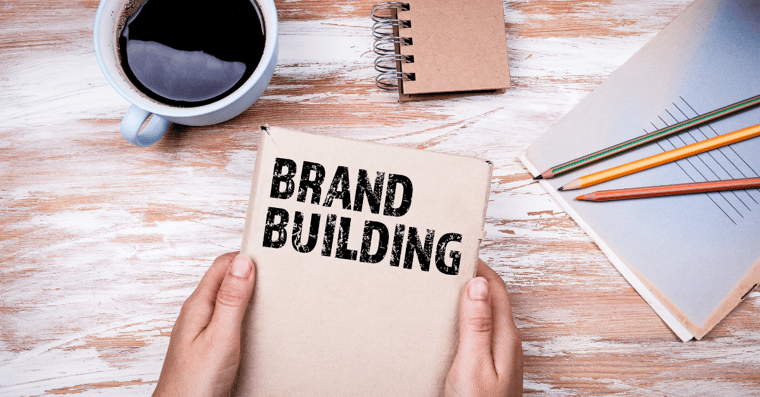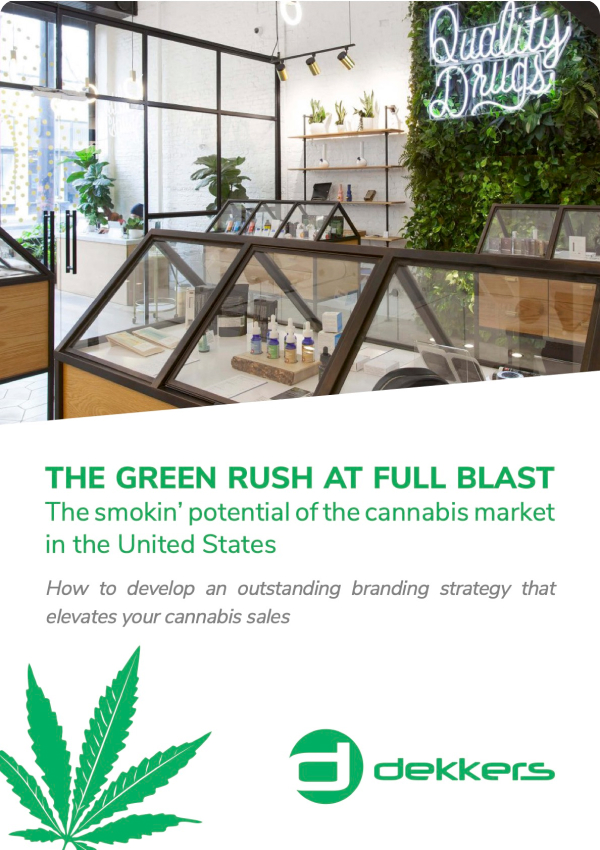Are you thinking of your next eye-catching marketing or a POS product? Ever wonder what goes on behind the scenes, from idea to delivery of the final product? And even if you could do it all in-house?
It’s time to open the black box, and we’ll walk you through the steps and, of course and the most crucial decisions that influence success. Because a good idea stays just a good idea without a good execution.
Too busy to read through? Listen to Project Manager, Lizzy's BiteSized update on the top 3 turning points in the process and what to look out for to ensure the final product matches your brand or marketing goal.
From Idea to Market: Behind the Scenes of New Marketing Products and POS Materials.
So, how does it all begin? With the clients (brand) challenge, marketing goal, or an ambition to enter a new market. This moment will fire off the chain reaction of events that will lead to the creation of a product series that fits perfectly into the picture. But, how do you get there?
#1 It starts with a brand or trade marketing need.
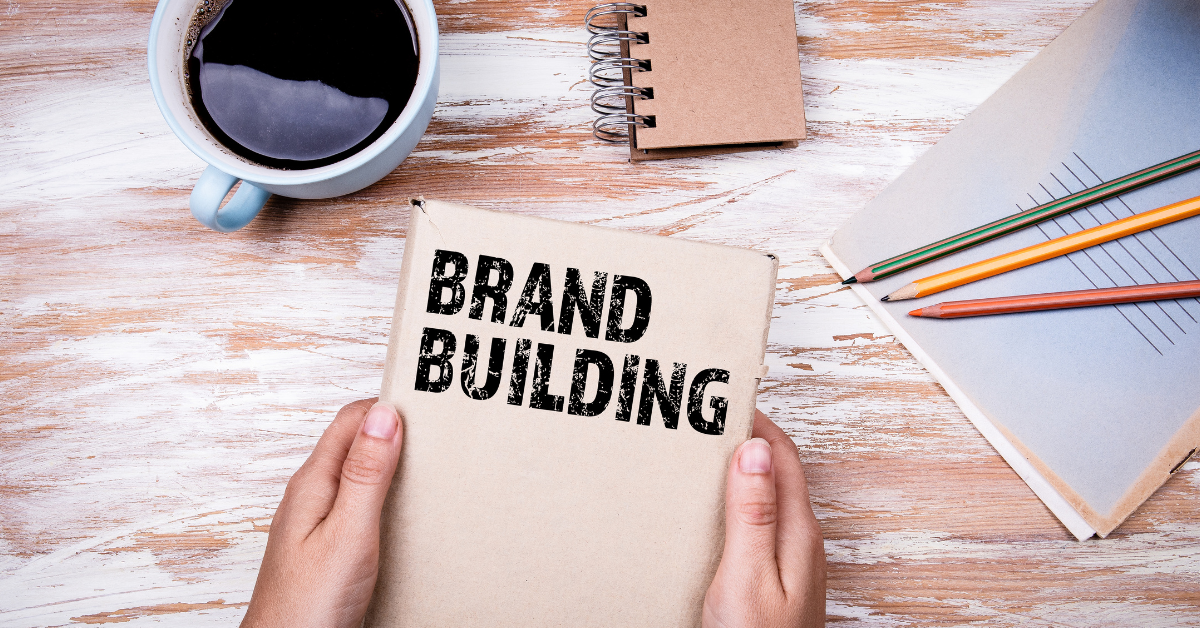
It all starts with a need. Or more specifically, with a brand challenge, a marketing goal, an expansion plan or a new product launch. Each request is unique and will have its characteristics. For example: a distinctive brand story, a design guide, available resources, location - or occasion - needs and legal, sustainability or other quality requirements.
Here, the account managers are the ones who initially unlock as much information as possible from the client or team to get a good sense of the bigger picture behind the request. This phase is important for every request, even if this is very specific, for example, an order of 5000 LEDNeon signs. This step serves as the foundation for the next steps.
Lizzy: "The more the client can tell us about the impact the brand wants to make on the target group and how the brand want to be perceived by the target group, the better the end result."
#2 A dedicated action team for design, project management and quality assurance.
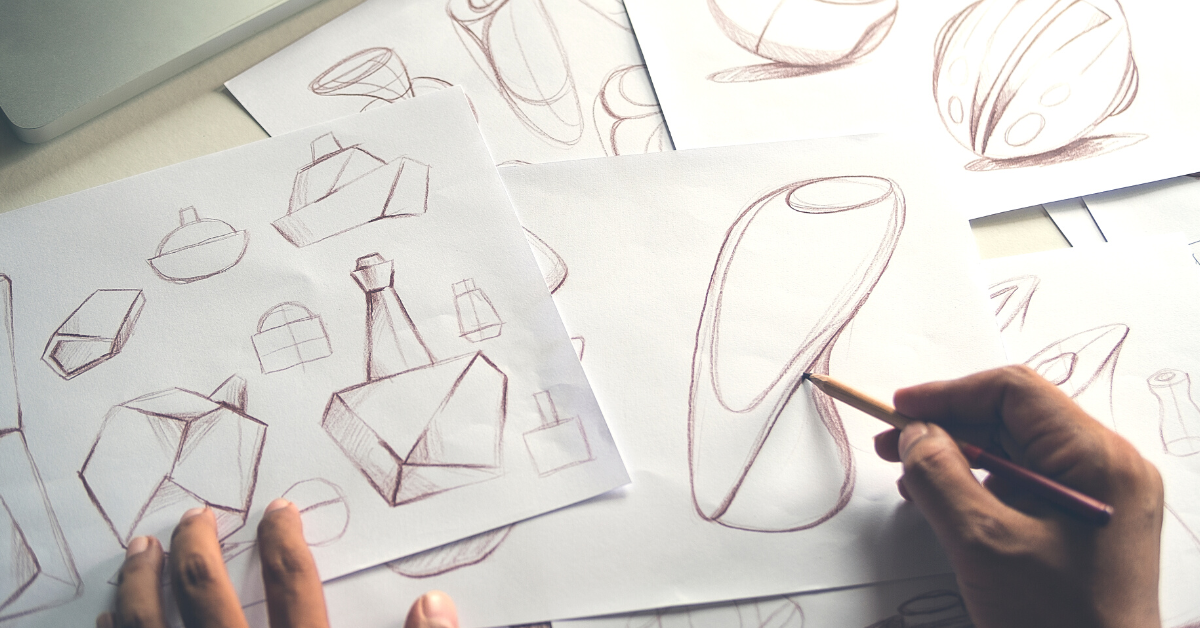
Once the need and requirements for the new order are crystal clear and put in the briefing, it's time for a team of designers, project managers and the account manager to sit together to start translating what has been shared into something more tangible: the project team is born.
The designers will then embark on their creative journey to gather and use all the information about the brand, trends, materials, market, desired location, competitors and consumers. Then they will create a selection of products that can fit the requirements but still be unique and eye-catching when placed in their spot.
Lizzy: "The designers love getting lots of freedom to think beyond borders and come up with original ideas, but they also need the brand or design guides from the client to stay within the range that makes the most sense and would feel the best for the brand itself."
But it's not only about creativity. At this stage, things like quality checks, location requirements, regulations, materials and sustainability are all included to ensure the design proposals look fantastic and are realistic and adhere to specific criteria.
To ensure that this creative design journey reaches the right destination, the closing step is to give a pre-show to the client of the results in the form of design concepts via imagery and video materials. This is a crucial check-in point to ensure the team and the client is still walking in the same direction.
The next significant milestone has been reached if the client is happy with the designs. However, this can also be the moment for feedback rounds in finding the sweet spot that will make the client, their teams and their customers happy.
#3 From 3D Design to Prototype: Touch the Difference.
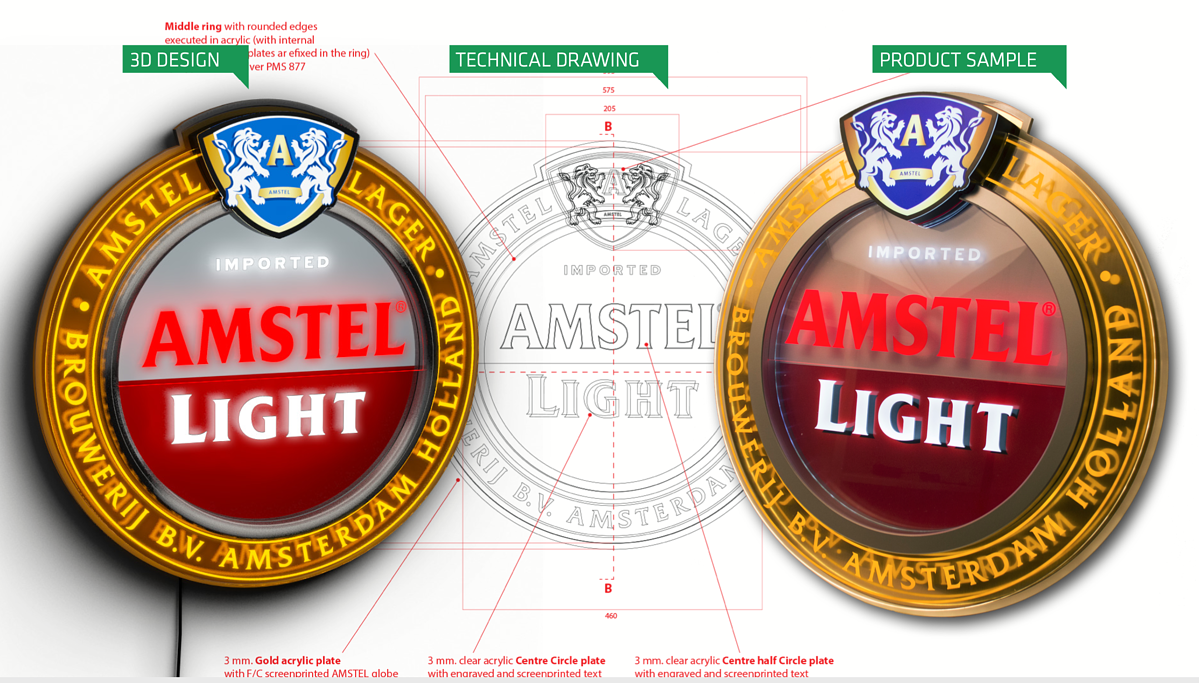
Lizzy: "No matter how advanced design programs are these days when you actually have the physical product in your hands, that is a very different experience. As a brand builder, you must evaluate if the product you see in front of you will be effective in real-life."
Translating a design to a prototype is the next step in the process that is sent to the client's doorstep via the most sustainable and carbon-efficient method. There are many benefits of having this prototype phase. First, it's the moment clients can evaluate if the product is in real-life what they imagined. For example, colours can come across differently than on the screen, or a specific material might feel different than expected.
These details, however, can be refined on one product before the entire batch is sent into production. This saves time, energy, and money that could come from errors after skipping this step and is a much more sustainable and planet-friendly approach to doing business by being conscious of raw materials and carbon emissions. You can read more about the benefits of prototyping here.
#4 Ready-for-Production and Entering the Supply Chain Web.

Once the prototype has been approved, the production and delivery stage gets fired up. A team of project managers and logistics specialists work together with partners around the globe at this stage, and the client is in constant contact with a dedicated project manager.
On the production side, a close eye is kept on each step, and frequent check-ins are made to ensure each product is representative of the agreed-upon prototype and stays within cost and time limitations.
On the logistics side, a plan and strategy are made together with the logistics specialist to ensure the product is shipped in the most advantageous, fastest and most sustainable route possible. However, even after shipment begins, this phase continues due to the highly volatile nature of the supply chain and continuous unforeseen events that may arise around the globe.
Lizzy: "It's quite funny that you are always trying to organize and structure as a project manager, but you are doing it in a constantly changing world. Changes occur daily on the transport, product, or client sides. So your to-do list needs to stay flexible, and you need to get used to adapting fast."
#5 Happy customers, happy clients.
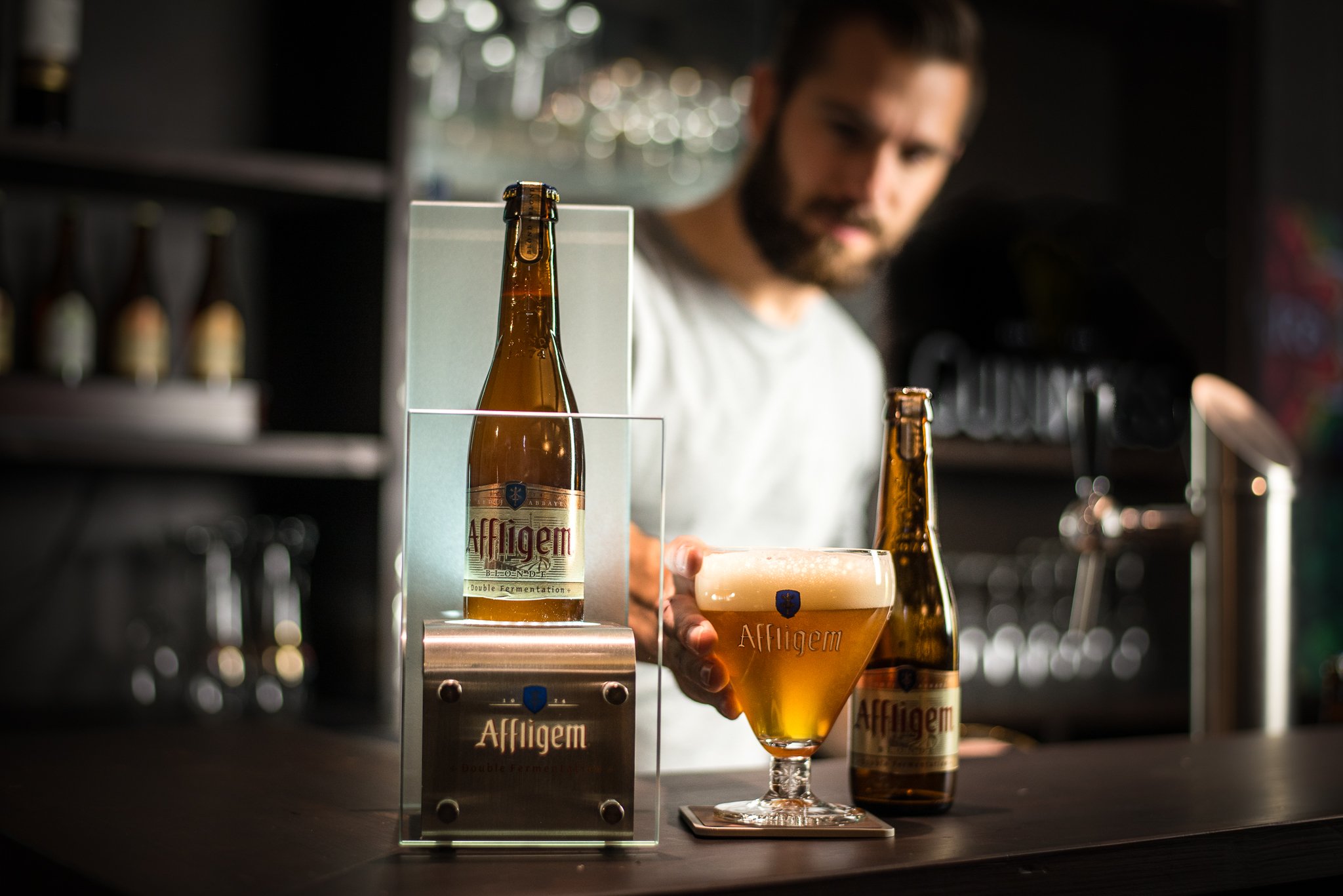
There is no better ending than a happy ending. At this point, no matter the process, the result must be a satisfied client and an effective marketing product, eye-catching brand signage that helps the client reach their goal and build their brand visibility anywhere in the world.
| Want to see real-life examples of successful marketing products and brand signage? Download the inspiration portfolio, here! |  |

